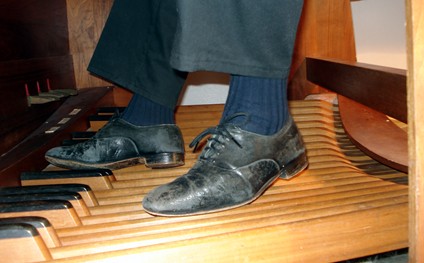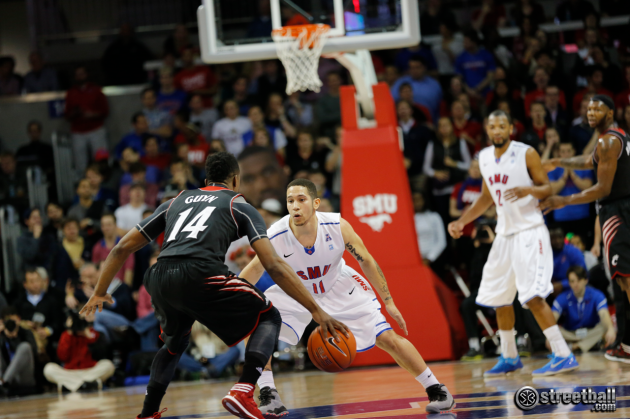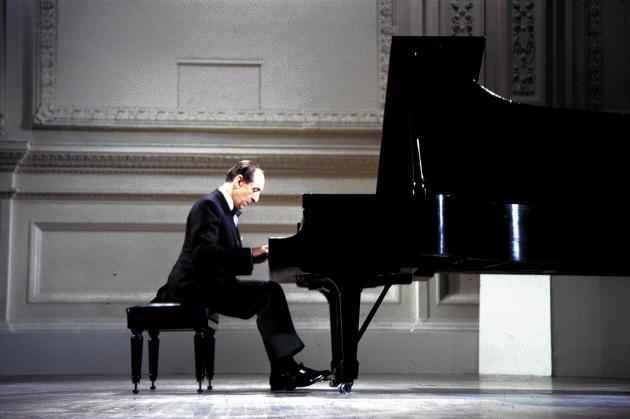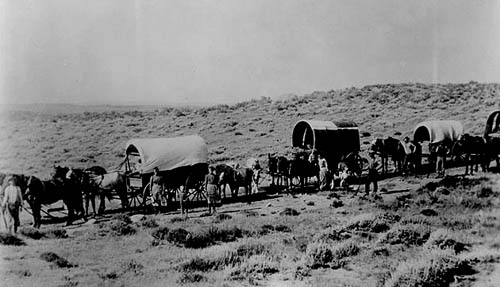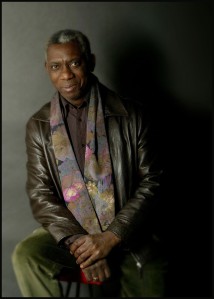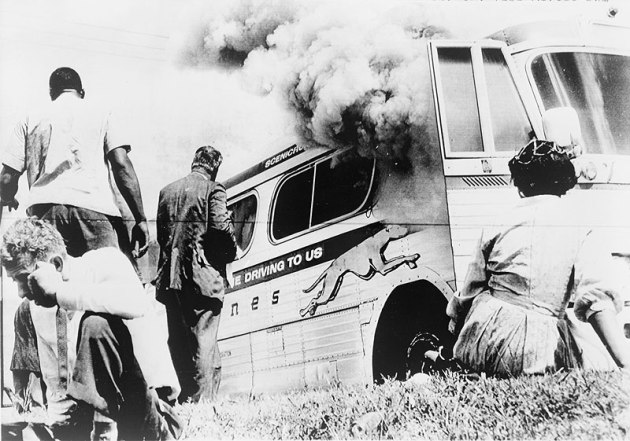“. . . Through a lyric slipknot of joy . . .” (Yusef Komunyakaa)
January 29, 2015 Leave a comment
Most of the time when I write—here or elsewhere as anyone who has read any of my stuff can readily see—my idea is only sketchily formed when I begin, and it may not be any more complete when I finish. I often follow the directive, “We write to know what we think.”
It’s unusual for me actually to be thinking about an idea long before I write it. I organize my thoughts as I go along. However, I have an essay (or a blog post or something) brewing in my mind that I don’t know how to finish. My mind was jogged into thinking about it during the every-semester tutor-training session at the Academic Development for Student Athletes Center at Southern Methodist University, where I tutor student athletes. My essay might begin something like this.
Listeners, if they happen to be where they can watch me playing the organ, often ask me (and I’m sure every organist gets the question), “How do you do that with your feet?” My answer is usually a flip, “I don’t know because if I think about it, I can’t do it.” What I thought about for the first time in that training session was the other necessary step in that answer, “But if I think about anything else, I can’t do it.”
If I think about my grocery list while I am playing the Bach E minor Prelude and Fugue, my playing will be either mechanical or full of errors, or both. On the other hand, if my imagination is not running wild when I am reading The Goldfinch, I may as well stop reading. I will not only miss the imaginary world Donna Tartt has outlined for me, but I will also, at the very basic level, not be able to connect the visual stimulus of the squiggles on the page (or the Nook screen) to words that have definite sounds that carry socially-constructed discreet meanings.
I don’t know how to research topics related to how we learn, how we train our different kinds of intelligence, what makes us good at some things and not at others. I have found one that has succeeded in confusing me—which means it is probably exactly the article I need to begin with.
Stevens-Smith, Debbie, and Deborah Cadorette. “Coaches, Athletes, and Dominance Profiles in Sport: Addressing the Learning Styles of Athletes to Improve Performance.” Physical Educator 69.4 (2012): 360-374.
Here’s the question I’d try to answer if I were half my age and looking for a career:
Is it possible that student athletes are trained to use their brains with so much focus that they learn not to multi-task mentally? Or that only students who are able to learn in that way become great athletes?
I was watching an SMU basketball game on TV last night (I would not have enough interest to watch any other). At one point the members of the SMU team passed the ball enough times preparing to make a basket that every player on the team had possession of the ball at least once—a couple of them three or four times. All of this passing was going on seemingly miraculously right through the arms of the opposing team. Finally one of the players wove himself between two of the opposing team, jumped up to the basket and dunked the ball.
That’s the way good teams play, of course. Nothing special about that. But I was thinking about focus. Obviously those guys have a kind of focus on what they and four other men are doing to tune out everything, from the noise of the cheerleaders chanting, “Defense! Defense! Defense!” to the chatter of the other team, to the lights, to their teammates sitting on the bench, to the other team trying desperately to hit the ball as they pass it around.
Focus! What kind of training does that take? If they think about it, they cannot do it. If they think about anything else, they cannot do it.
Because I’m so un-athletic and have turned into a fat old man with a “bad hip” and a “bad shoulder,” I really don’t like sports (never did, truth be told). But I think I’m hooked—not on the game, but on what basketball players do.
I’m mystified, bewildered, dumbfounded by the focus of those guys. How does one concentrate that way? Concentration that borders on the miraculous, on the improbable, the absurd. What percentage of the population can do what those guys do? It seems statistically impossible.
It is a kind of intelligence that I can only imagine—no, let’s be honest, I can’t imagine it.
Of all the organists I have ever known (and it’s a passel of them, let me be clear), those few who have had the ability to focus most completely have given up much in their determination to “do that without thinking” and to “think about nothing else” when they are performing. Social skills and wide knowledge of the world around them have in some instances passed them by.
Or perhaps they belong to a special group of people who are “wired differently” than the rest of us and are somehow naturally able to memorize a Widor Organ Symphony in a week (yes, I know an organist who did that—and a conservatory pianist who memorized and performed with orchestra the Rachmaninoff “Variations on a Theme of Paganini” in less than a month).
How are those few organists (and other “world-class” classical music performers) like the 450 men playing in the National Basketball Association this year? Something about all of them is different from all the rest of us.
I am not one of them (Duh!). I have no clue how it feels to have that kind of focus. And I have about a dozen ideas for writing on the subject—most of which I will not finish in the 14.07 years the Social Security Actuarial Table predicts I have left to write. Focus!
Slam, Dunk, & Hook, by Yusef Komunyaka
Fast breaks. Lay ups. With Mercury’s
Insignia on our sneakers,
We outmaneuvered to footwork
Of bad angels. Nothing but a hot
Swish of strings like silk
Ten feet out. In the roundhouse
Labyrinth our bodies
Created, we could almost
Last forever, poised in midair
Like storybook sea monsters.
A high note hung there
A long second. Off
The rim. We’d corkscrew
Up & dunk balls that exploded
The skullcap of hope & good
Intention. Lanky, all hands
& feet…sprung rhythm.
We were metaphysical when girls
Cheered on the sidelines.
Tangled up in a falling,
Muscles were a bright motor
Double-flashing to the metal hoop
Nailed to our oak.
When Sonny Boy’s mama died
He played nonstop all day, so hard
Our backboard splintered.
Glistening with sweat,
We rolled the ball off
Our fingertips. Trouble
Was there slapping a blackjack
Against an open palm.
Dribble, drive to the inside,
& glide like a sparrow hawk.
Lay ups. Fast breaks.
We had moves we didn’t know
We had. Our bodies spun
On swivels of bone & faith,
Through a lyric slipknot
Of joy, & we knew we were
Beautiful & dangerous.
Use that uncanny focus.
